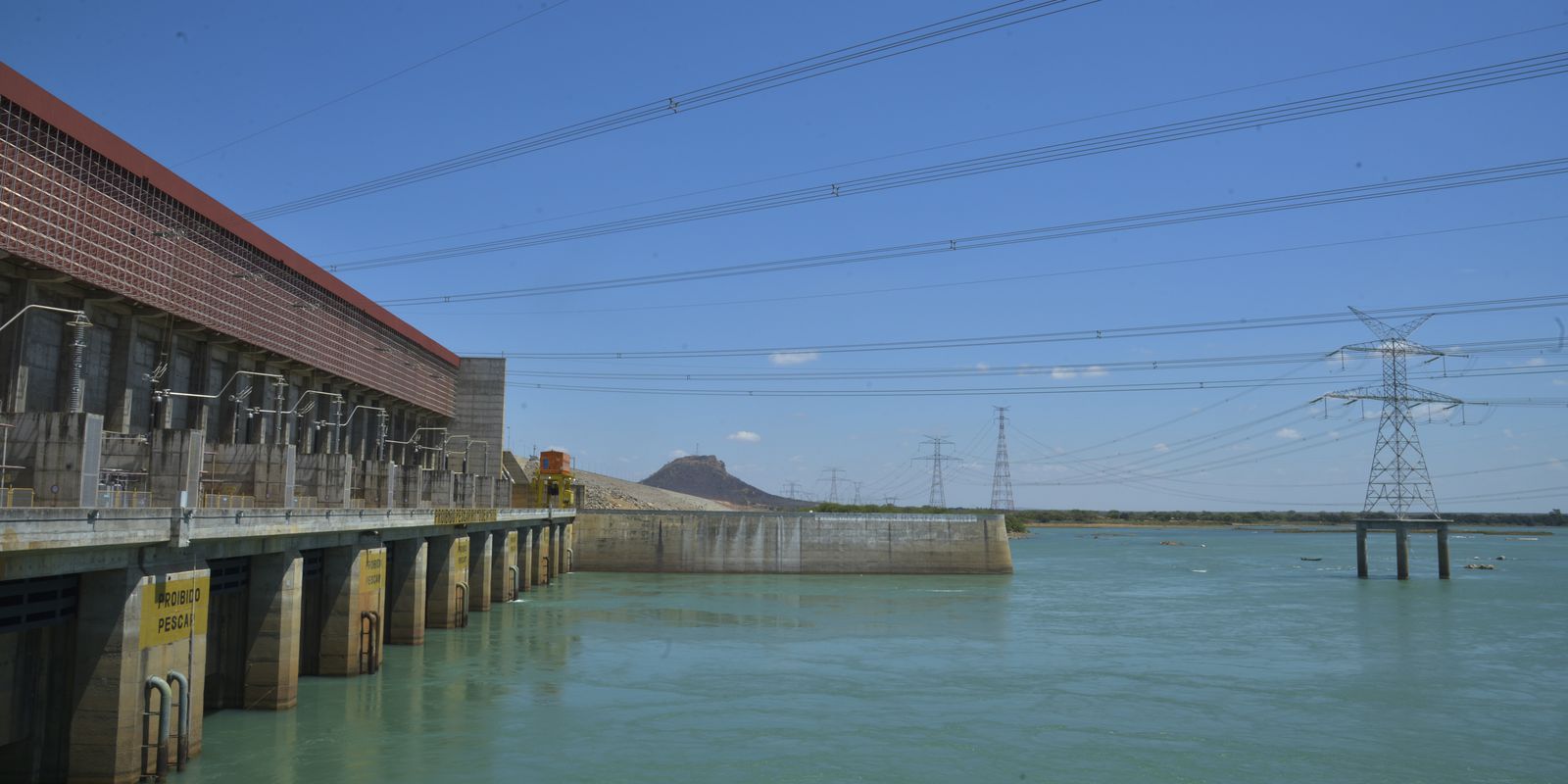The hydroelectric plants in the Southeast and Midwest are expected to end November with reservoirs at 49.9% of capacity, announced today (28) the National Electric System Operator (ONS). The projection represents an increase of more than 30 percentage points compared to November 2021, when there was a threat of energy rationing.
The Southeast and Midwest concentrate the main hydroelectric reservoirs in the country. In October, the occupied capacity is at the same 49.9%. In the same period of 2021, the lakes of the plants of the two regions were around 19% of the capacity.
Benefited from heavy rains this month, the plants in the South Region are almost full. Reservoirs in the region end October with 91.7% of capacity, falling to 83.8% at the end from November.
In the North and Northeast systems, the hydroelectric reservoirs are, respectively, with 60.1% and 60.7% of capacity. to the end from Novemberthe ONS estimates a drop in levels: 50.3% in the North and 56.6% in the Northeast.
average rainfall
The ONS also released rainfall estimates for November. In the Southeast, Center-West and South, hydroelectric plants should receive 96% of the historical average of rainfall forecast for the month.
Despite the projection of a drop in reservoirs, the North should to have excess rainfall next month, with 173% of the average. Only the Northeast is in a more delicate situation, with a forecast of only 45% of the average in November.
Regarding the electric energy load, the ONS predicts a reduction of 0.6% in November compared to the same month last year. In the estimation by regions, the load should not vary in the Southeast and Midwest and register a fall of 5.7% in the South, 2.7% in the Northeast and a rise of 10.1% in the North.















